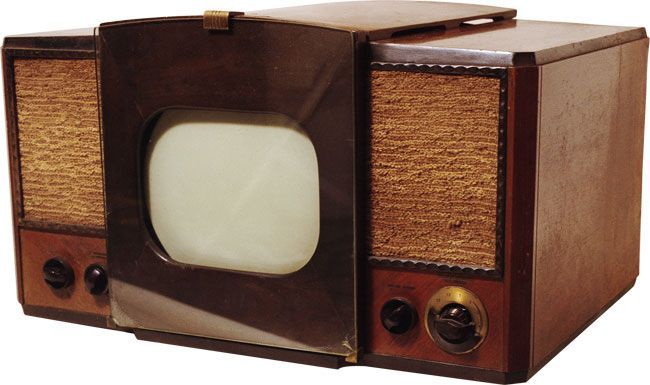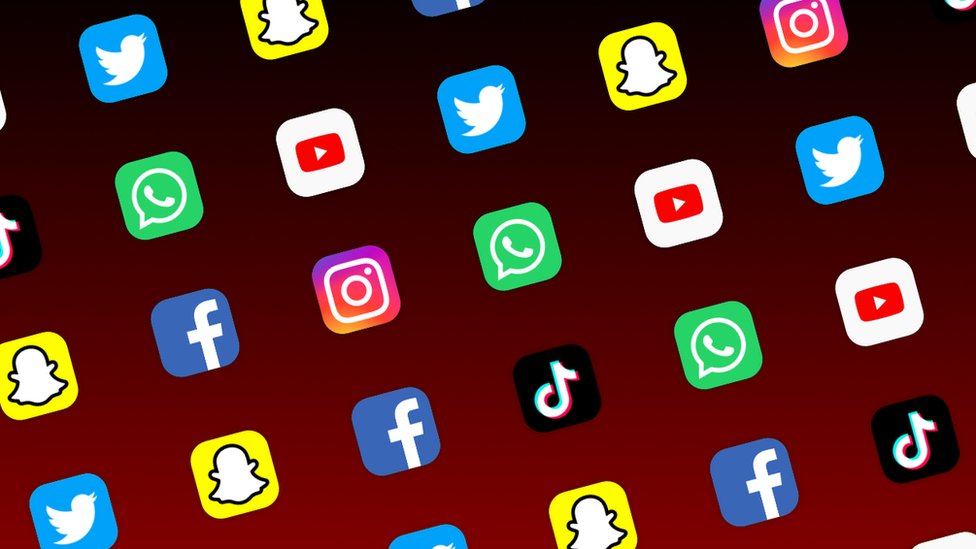I did my Each One Teach One assignment on the history of television. As someone who finds film and media in general interesting, I thought that this would be an exciting concept to explore. In my presentation, I stated that there was not just only one person who came up with the idea of television, but many great minds and thinkers of the world came up with ideas that surrounded the idea of television that we know today. Two of these great minds that thought of the idea of television were Alexander Graham Bell and Thomas Edison. The two of them believed that it was possible to translate images for each other in that others could view them as well. It wasn’t until 1884 when Paul Nipkow was able to create an invention that allowed you to send images through wiring discs which he called the electronic telescope. Which is known as one of the first discoveries that led to the creation of television.
It wasn’t until 1927 that a Scottish man by the name of John Baird gave the world’s first demonstration in front of a bunch of businessmen and investors on television. His demonstration was a success which led to him being able to create his own company known as The Baird Development Company in 1928. In that same year, the television was able to make its first successful transatlantic television transmission between New York and London.
In the 1930s and 40s television started to take off and become a popular household item slowly. However, most people didn’t have one in their house and opted to still own a radio instead of a television. It wasn’t until a popular radio show by the name of Texaco Theater made its switch from radio to television in the 1940s that people started to buy a television set over the radio for their household. Texaco Theater making its switch from radio to television was a cultural phenomenon in itself because it boasted sales for televisions making it more of a necessary household item versus luxury for the wealthy. As television grew in popularity, so did the shows that they aired as well such as I Love Lucy, Bonanza, and Leave it to Beaver. Having television grow in popularity also allowed for the 1960 political debate between John F. Kennedy and Richard Nixon to air live.
Although cable television was all the rage in the twentieth century, streaming services is what are most popular in the present day. This is due to the fact that cable is a dying business among all ages of people. Cable is dying because most people prefer to use streaming services because they are cheaper and more efficient. While cable companies are slowly losing customers and are raising their prices. Having access to a streaming service such as Netflix or Hulu is great because you can watch what shows you want at any time you want. As well as having apps for streaming services makes it more accessible to watch on your phone, iPad, or laptop. Which is something that cable could never fulfill.






